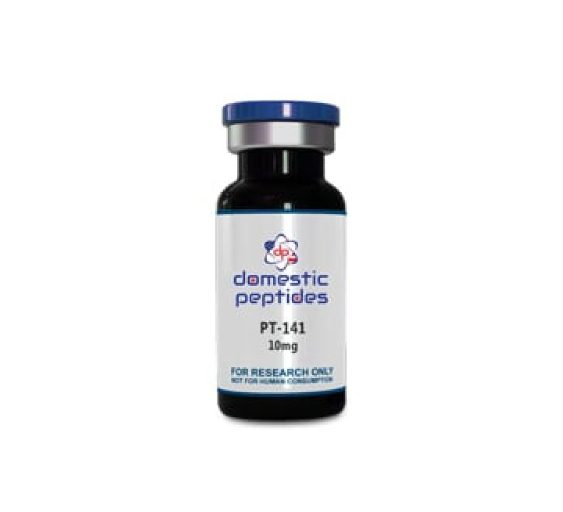In the realm of growth hormones and performance enhancement, Human Growth Hormone (HGH) and Insulin-Like Growth Factor-1 (IGF-1) are two key players that often garner attention. Both are crucial components in the regulation of growth and metabolism, and they play distinct roles in the body. This guide aims to elucidate the differences between HGH and IGF-1, shedding light on their individual functions and the potential considerations for those exploring somatropin supplementation.
Human Growth Hormone (HGH):
HGH, also known as somatotropin, is a peptide hormone produced by the pituitary gland. It plays a central role in growth, cell regeneration, and metabolic processes. HGH stimulates the growth of bones and cartilage in children and adolescents, contributing to overall physical development. In adults, HGH continues to play a role in maintaining healthy tissues, regulating metabolism, and supporting organ function.
Insulin-Like Growth Factor-1 (IGF-1):
IGF-1, often referred to as somatomedin C, is a hormone produced by the liver and other tissues in response to stimulation by HGH. While HGH is produced by the pituitary gland, IGF-1 is synthesized in various tissues, with the liver being a primary source. IGF-1 acts as the principal mediator of the growth-promoting effects of HGH.
HGH Stimulation of IGF-1:
One of the key interactions between HGH and IGF-1 is the stimulation of IGF-1 synthesis by HGH. When HGH is released into the bloodstream, it triggers the liver and other tissues to produce IGF-1. IGF-1 then mediates many of the growth-promoting effects attributed to HGH.
Mechanisms of Action:
HGH acts on various tissues throughout the body, promoting growth and cellular regeneration. It stimulates the growth of muscles, bones, and organs. On the other hand, IGF-1 exerts its effects locally, acting on target tissues to stimulate cell growth and proliferation. Both hormones contribute to anabolism, the process of building and repairing tissues.
Bioavailability and Half-Life:
HGH has a relatively short half-life in the bloodstream, prompting the rapid release of IGF-1 to mediate its effects. IGF-1, with a longer half-life, allows for sustained actions on target tissues. This difference in bioavailability and half-life influences the duration and intensity of their physiological effects.
Roles in Performance Enhancement:
In the context of performance enhancement, both HGH and IGF-1 have been of interest to athletes and bodybuilders for their potential to enhance muscle growth, reduce body fat, and improve recovery. However, the use of these substances for performance enhancement is subject to regulations, and their administration should be approached with caution and under medical supervision.
Considerations for Somatropin Supplementation:
Somatropin, a synthetic form of HGH, is often used for medical purposes, such as treating growth hormone deficiencies. When considering somatropin supplementation, individuals should be aware of the potential risks and benefits, as well as legal and ethical considerations. Medical guidance is essential to ensure proper dosing and monitoring.
HGH and IGF-1 are integral components of the body’s growth and metabolic processes, working in tandem to regulate tissue development and maintenance. Understanding the distinctions between HGH and IGF-1 is crucial for individuals exploring the realm of somatropin supplementation, whether for medical or performance enhancement purposes. Prioritizing health, adhering to regulations, and seeking professional guidance are paramount when considering the use of hormones like HGH and IGF-1.
This article was written by a peptide professional from Domestic Peptides. Looking for bremelanotide for sale? Well, look no further. Welcome to Domestic Peptides where you’ll find a huge selection of Research Peptides for sale and Research Chemicals for Sale, all made in the USA.

